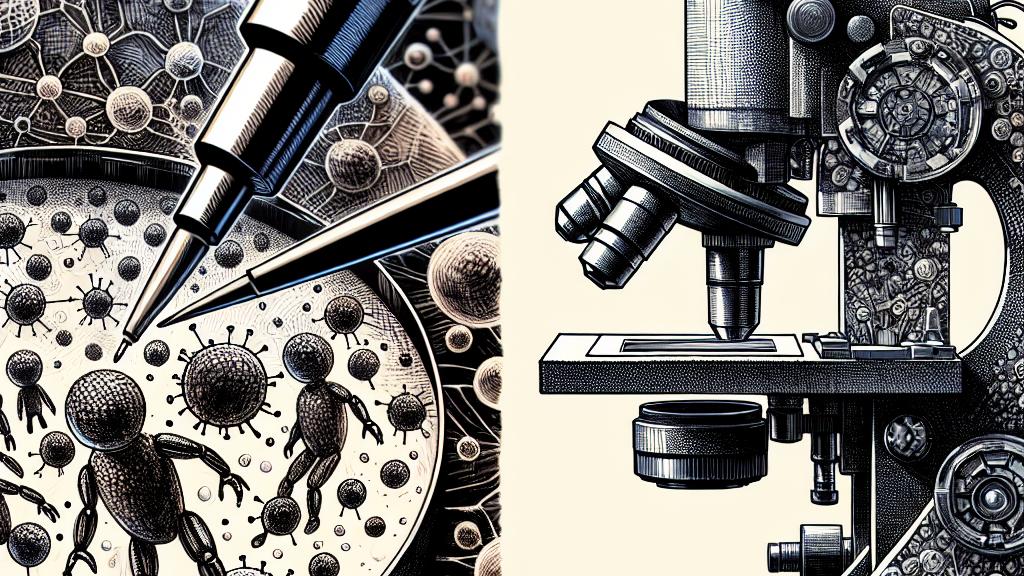How AI is Revolutionizing Nanoparticle Measurements for Faster Research
Overview
- AI technology dramatically improves the precision and efficiency of nanoparticle measurements.
- Automated counting transforms tedious lab work into rapid analyses.
- Open access tools promote collaboration, fueling innovation across scientific communities.

The Challenge of Measuring Nanoparticles
In the exciting realm of nanoparticle research, particularly at the University of Konstanz in Germany, scientists face a daunting challenge: the laborious task of counting and measuring countless nanoparticles. Imagine spending hours scrutinizing microscopic images packed with particles, hoping to extract meaningful data. This painstaking process can feel tedious and overwhelming. Professor Alexander Wittemann, who fondly recalls the days when his team was thrilled to measure just three hundred nanoparticles daily, points out that reliable statistics actually demand thousands of measurements. Yet, these traditional methods often drag researchers down, consuming valuable time that could be spent on groundbreaking discoveries. Thankfully, recent advancements in artificial intelligence are poised to change everything.
AI's Role in Streamlining Research
During the unforeseen challenges of the pandemic, Wittemann and his bright doctoral student, Gabriel Monteiro, created a remarkable synergy that led to innovation. They tapped into Meta's open-source AI technology known as the Segment Anything Model, developing a program that automates nanoparticle counting with precision. Just picture it: a smart assistant that easily counts not only regular particles but also those with intricate shapes, like dumbbells and caterpillars! This new system empowers researchers to complete up to ten detailed analyses in the time it would have taken to do just one manually. With AI shouldering the heavy lifting of data collection, scientists can redirect their focus toward more creative and innovative aspects of their research.
Accuracy and Efficiency
Beyond remarkable speed, AI offers another crucial advantage—accuracy. In a study led by Wittemann’s team, they found that the AI method significantly outperformed human measurements in identifying particle sizes. For instance, when working with nanoparticles designed for targeted drug delivery, even the slightest error can bring about significant setbacks. However, with the precision of AI, researchers are now able to access reliable data faster than ever before. This allows them to make crucial adjustments in their experiments, leading to quicker and more successful results. As a vivid illustration, imagine a breakthrough product designed for cancer treatment coming to market months sooner, all thanks to the accuracy and efficiency of AI-assisted analysis.
Promoting Open Science
In a commendable move towards promoting open science, Wittemann and his team have made their entire AI methodologies, along with the requisite data, available on platforms like GitHub and KonData. This initiative is more than just sharing knowledge; it’s a call to arms for researchers around the globe to join in collaborative efforts. By allowing others to utilize and refine their AI tools, the scientific community is encouraged to innovate further. This sharing culture not only strengthens research but also fuels an environment rich in creativity. Imagine the vast potential for discoveries that lie just around the corner, driven by collective efforts to address pressing global challenges! With shared resources and ideas, we're not just imagining progress; we are actively building it.

Loading...